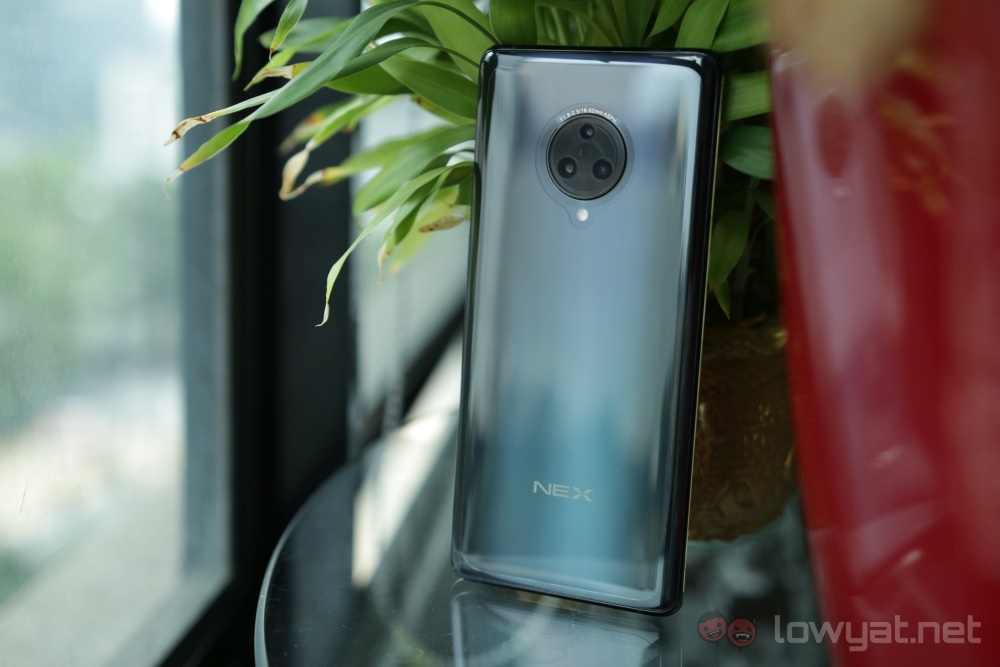Vivo just launched the Nex 3 5G in Malaysia a few moments ago. That said, the company passed the phone to us a little earlier, before the event began. This allowed me a little bit more time to formulate my thoughts on the phone, and here’s what I think of it.
And the first thing to notice about the Vivo Nex 3 5G is that it looks gorgeous. While I haven’t gone through the trouble of testing the company’s claim of the phone’s 99.6% screen-to-body ratio, it doesn’t exactly look unbelievable. This is made even better by the fact that there are no notches for the front-facing camera, but we’ll get to that in a bit.
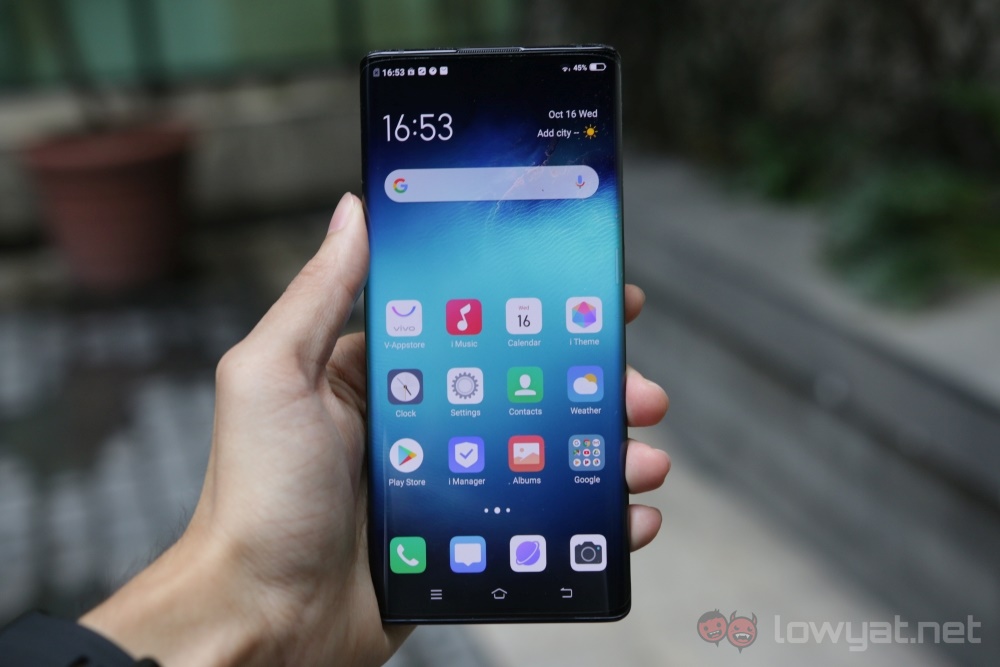
But, behind the beauty of the Waterfall FullView display, there are some problems. And the first is that, because the chamfers on the front is at such a steep angle, it’s difficult to hold the phone without your palm or the base of your fingers touching the screen. This makes one-handed typing or scrolling especially annoying, as it’s virtually impossible to do these using your thumb without its base also pressing on the side of the display.
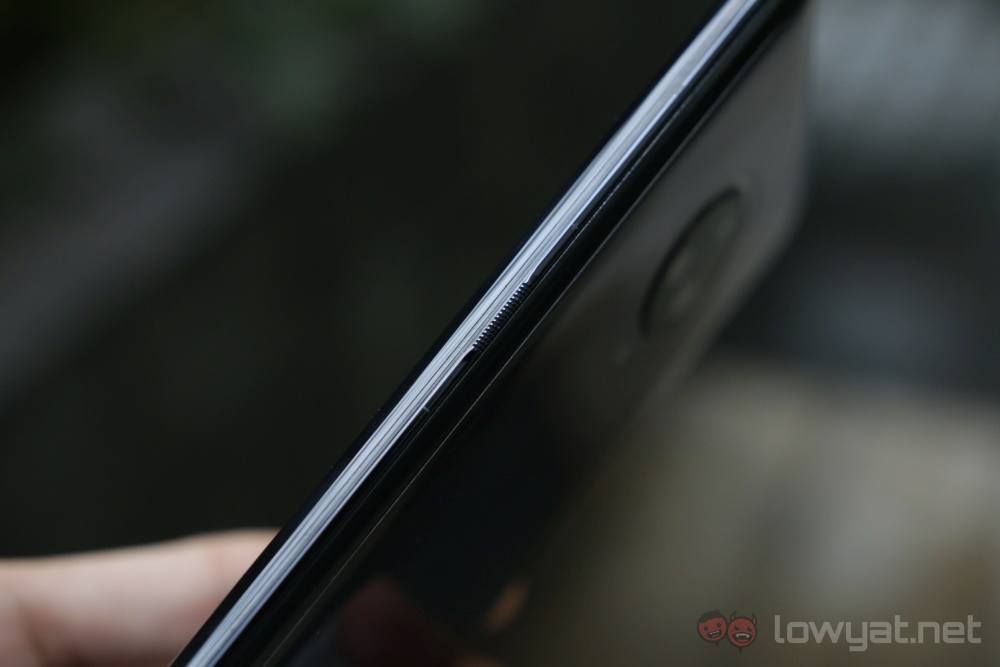
The second, while not as crucial, is still worth mentioning. Despite the large display measuring in at 6.89 inches, the display resolution is only at Full HD+. This makes it kinder on its battery life, but I’d imagine people who buy a phone this large would want a higher resolution to go with it. But for what it’s worth, there’s a fingerprint sensor underneath it.
Going back to the aggressive chamfers, this also causes the sides of the phone to be very narrow. So much so that there isn’t enough space to put physical buttons. Instead, there’s a textured bit on the left side on the phone. This is the phone’s virtual power button. It’s activated by pressure, so you just need to give the phone a squeeze to press on it. Immediately above and below the textured area serve as the volume rocker.
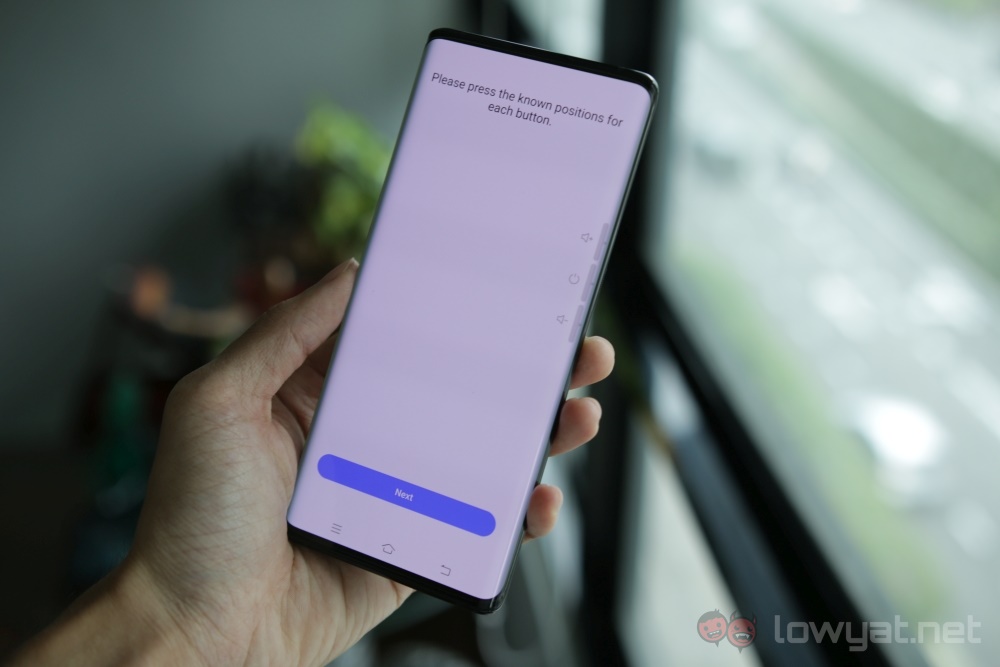
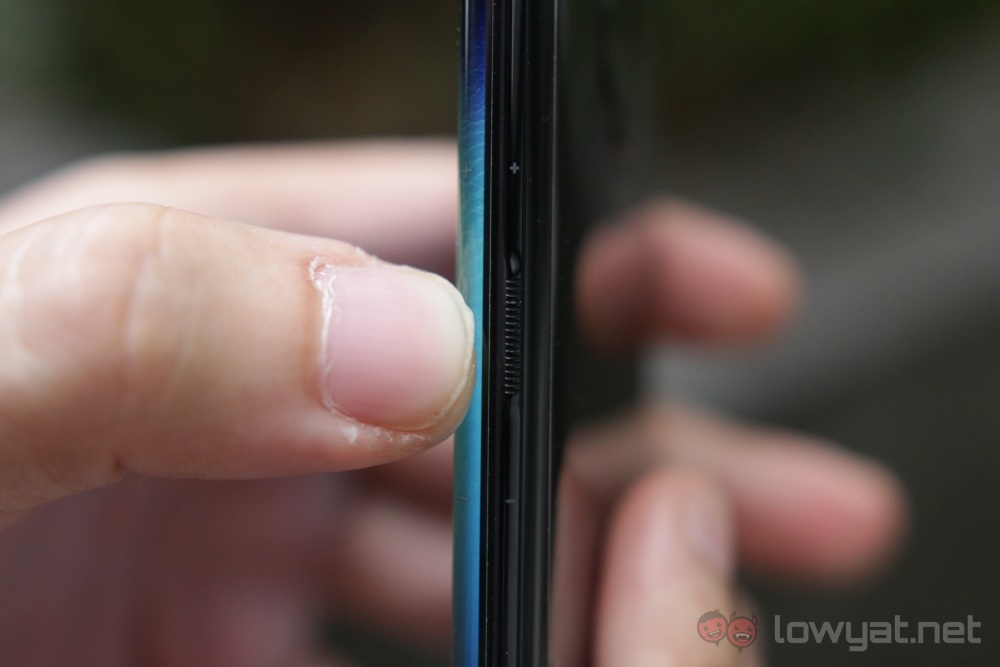
Despite the typing and scrolling experience, the phone actually sits quite comfortably in hand. There’s also quite the heft to the phone, but while it feels premium, solid is not the word I’d use to describe it.
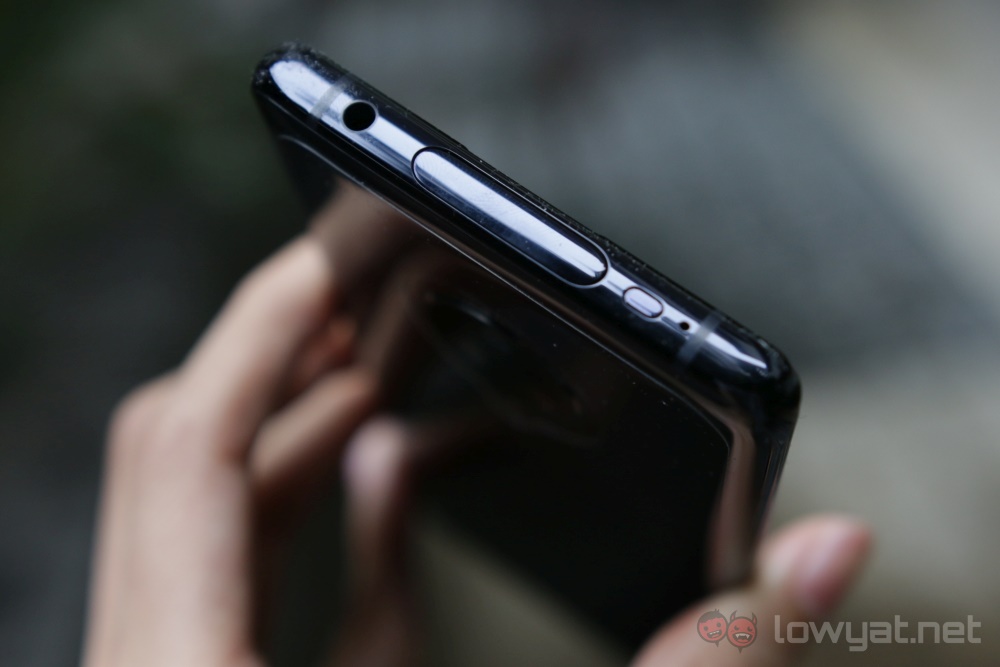
Things return to normalcy at the top and bottom of the phone, somewhat. On the bottom, you’ll find the mono speaker grille, the USB-C port, and SIM tray. Unfortunately, that last one takes only a single Nano-SIM. There’s no microSD card slot either, so you’ll have to make do with the 256GB of internal storage. On the top, there’s the ever-increasingly rare 3.5mm audio jack, and the popup segment for the front-facing camera.
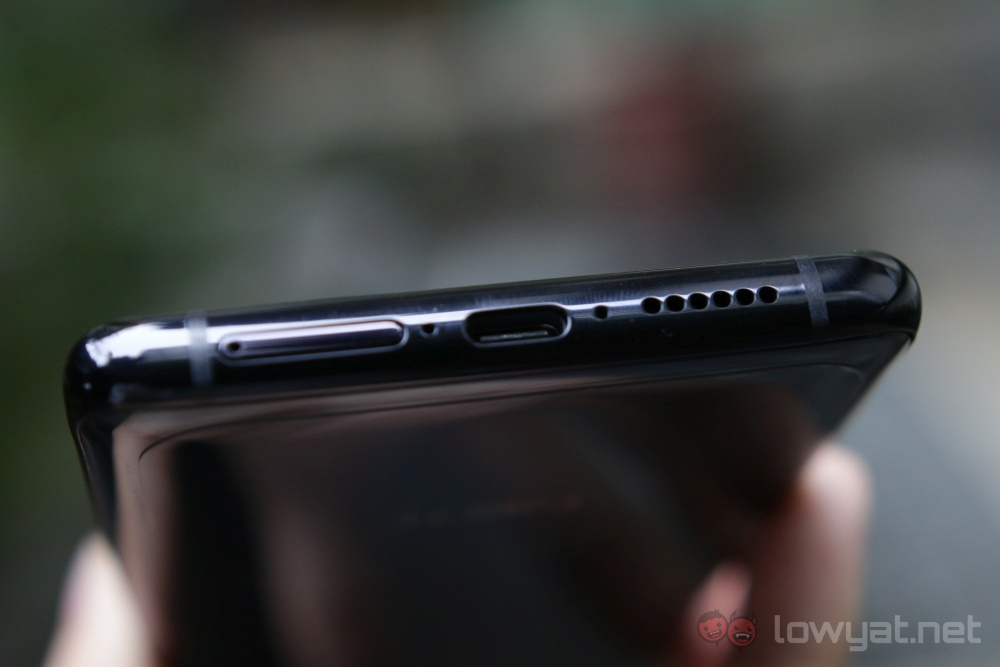
The back of the phone is pretty clean. There’s the Nex branding, and the triple-camera setup. They come in a very minor bump. At this point, it’s probably worth mentioning that the Nex 3 comes with a case in the box, if the bump is an issue for you.
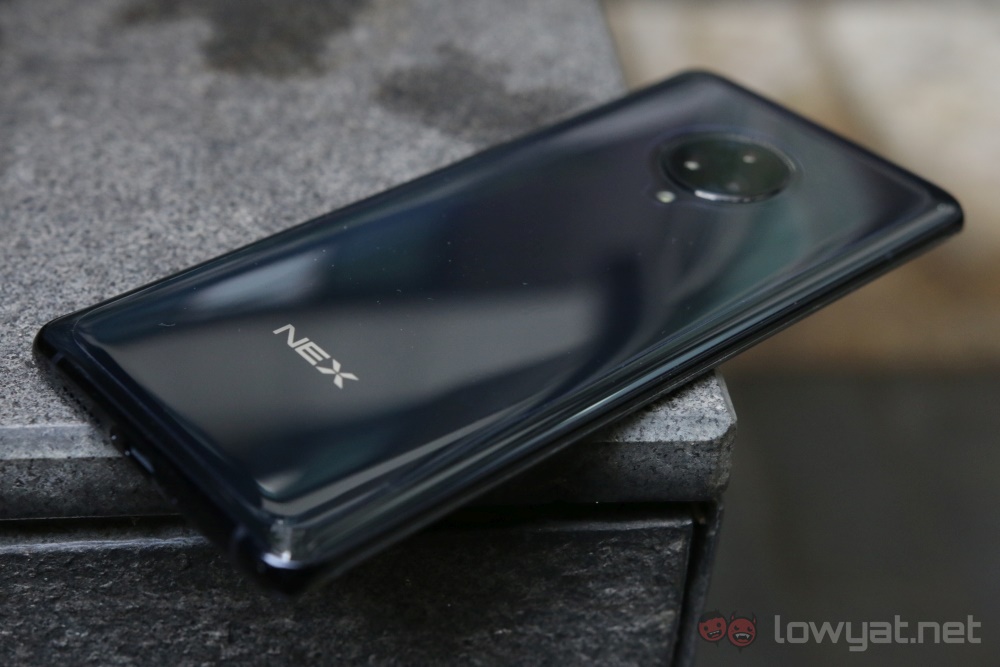
Among the cameras, the headliner is a 64MP shooter. And it’s accompanied by a 12MP ultra-wide angle unit and a 13MP telephoto lens. The popup front-facing camera is a 16MP shooter which even comes with its own LED flash. Though, it’s not something you’d use often if bright lights hurt your eyes.
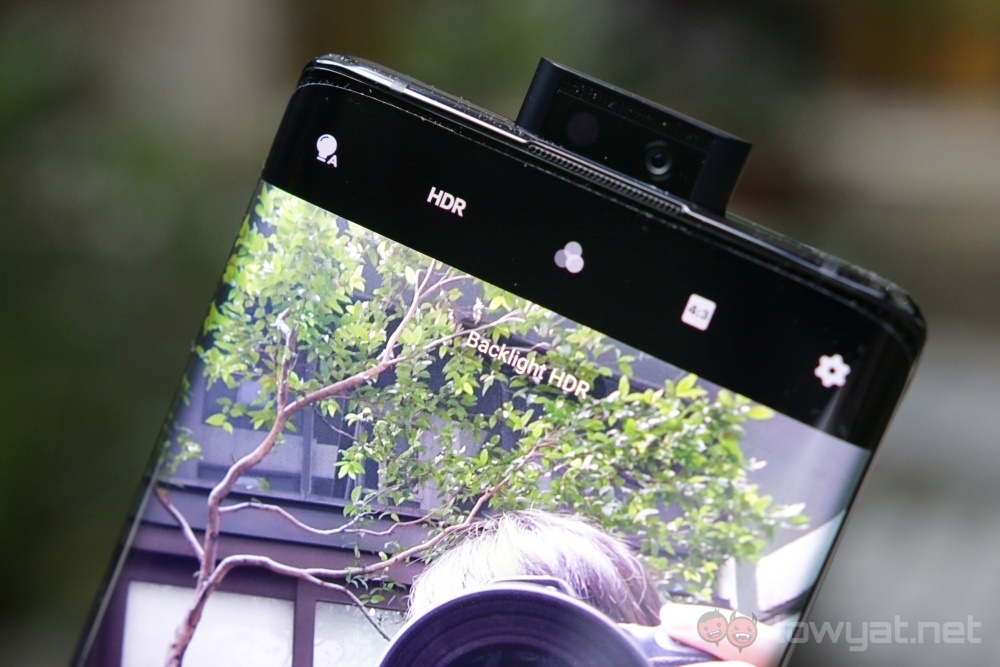
That said, in the few test shots that I took with it, they’re not particularly impressive. While they keep colours fairly accurate, detail retention isn’t quite as good, with a noticeable amount of noise to boot.
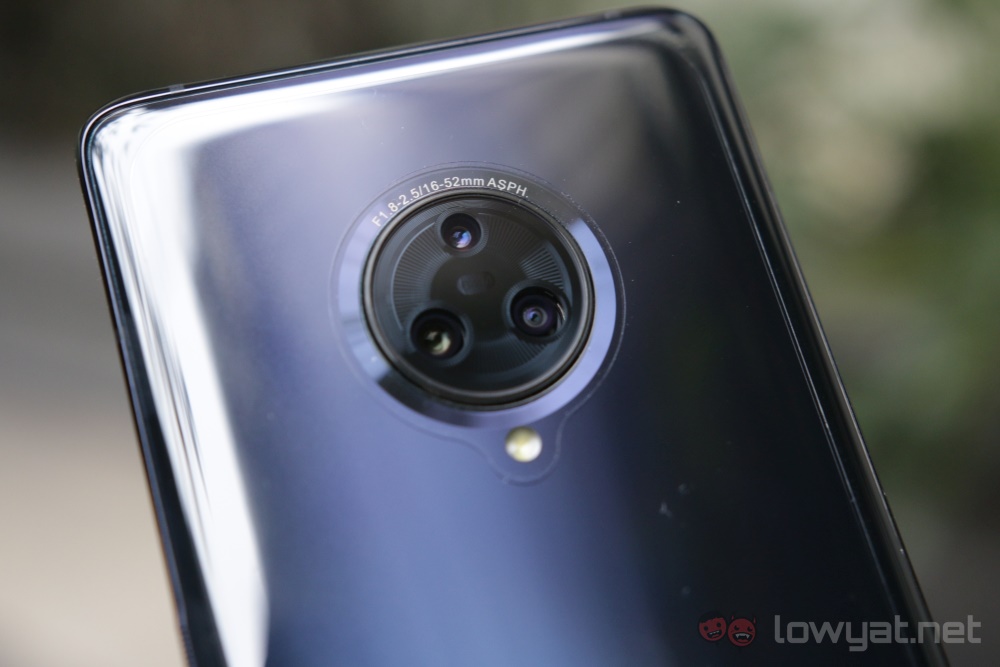
You’ve probably noticed 5G in the name of the phone, and are wondering why I’ve not mentioned it yet. It is indeed one of the most defining features of the phone, and also possibly the first phone to support 5G in the country. Unfortunately, since 5G isn’t actually a thing here just yet, there’s no real way for the feature to be tested.
The Vivo Nex 3 5G holds the distinction of not only being possibly the first 5G phone in Malaysia, but also one of the few to be equipped with a Qualcomm Snapdragon 855 Plus. A full review of the phone would be nice, but unfortunately the 5G aspect will be difficult to test.
Follow us on Instagram, Facebook, Twitter or Telegram for more updates and breaking news.


